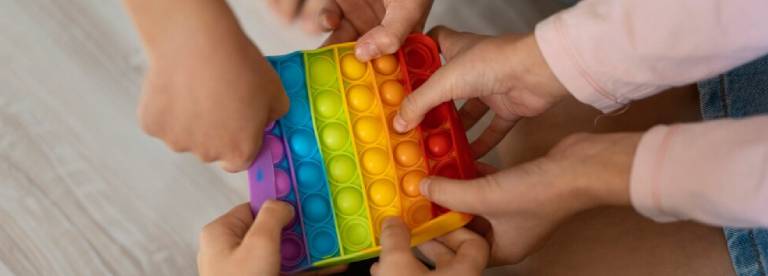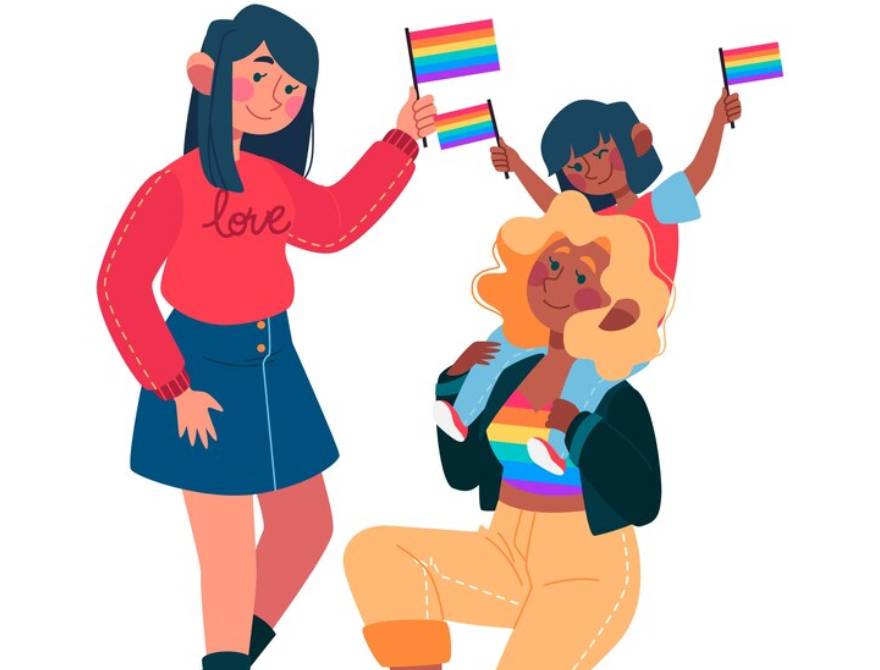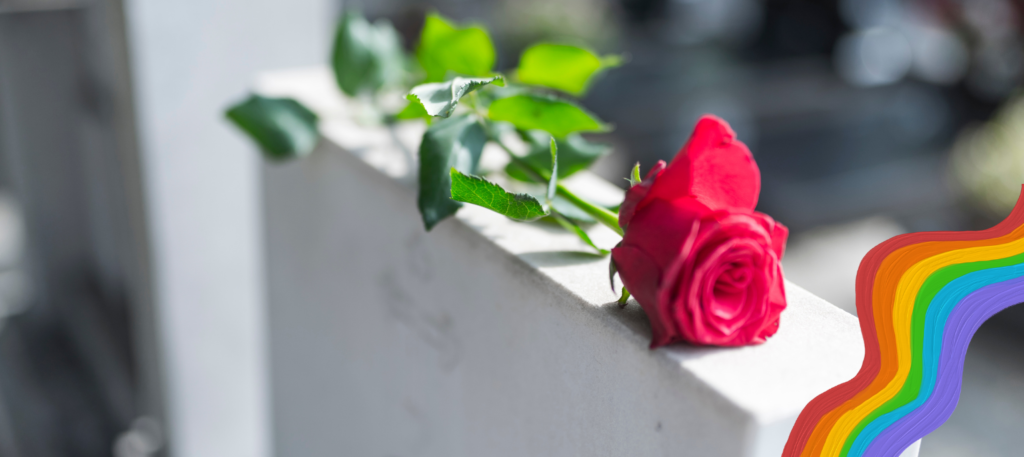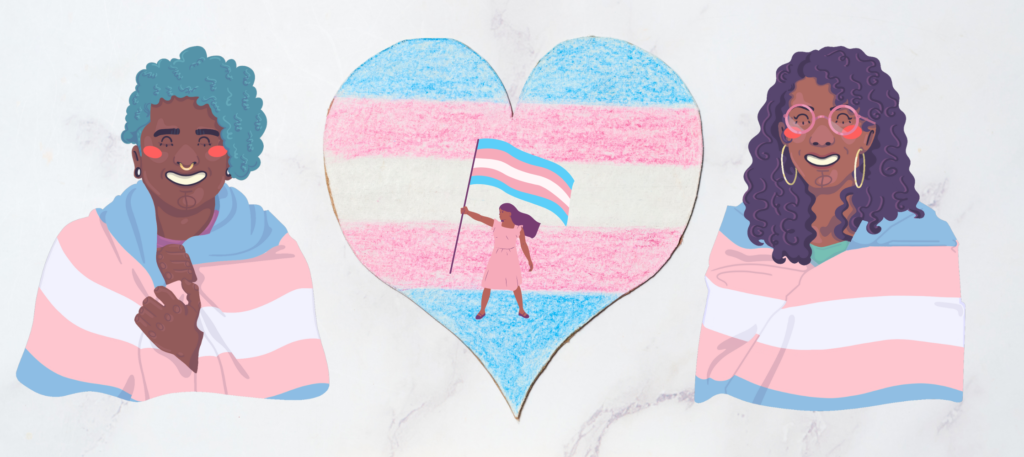Creating LGBTIQA+ Inclusive Educational Spaces: A Guide

In today’s world, fostering inclusivity and diversity is not just a moral imperative but a necessity. The LGBTIQA+ community constitutes over 11.7 percent of students in any given classroom.
The Australian Human Rights Commission (2014) states that, “11 in 100 Australians are of diverse sexual orientation, sex or gender identity”. This means approximately 3 students in a school class of 28 and eleven in every 100 teachers may identify as LGBTIQA+. The number of LGBTIQA+ families is also increasing.
It’s crucial for educational institutions to recognise the significance of LGBTIQA+ inclusivity and actively work towards creating an environment that is both supportive and affirming.
Understanding the Impact
LGBTIQA+ inclusive education provides a dual benefit – a window and a mirror. While it offers representation and validation for LGBTIQA+ students, it also serves as a window for others, fostering understanding and acceptance.
Unfortunately, the lack of inclusivity can contribute to the high rates of bullying, discrimination, and even suicide attempts among LGBTIQA+ youth.
In Australia, 80% of homophobic bullying occurs at school, resulting in many young people finding it difficult to concentrate at school, missing classes, and in some cases dropping out of school altogether.
Current State of Inclusivity
Despite the need for inclusivity, only a few states have mandated LGBTIQA+ history education. Some even have laws restricting the discussion of LGBTIQA+ issues in schools. This limited approach perpetuates stereotypes, contributing to the bullying and marginalisation of LGBTIQA+ students.
Now let’s discuss a few concrete steps that can help create an inclusive environment for LGBTIQA+ staff and students inclusive in schools and educational institutions in Australia.

Key Steps to Make Your School LGBTIQA+ Inclusive
1. Recognise Student Readiness
– Acknowledge that students, regardless of age, are already exposed to LGBTIQA+ issues through media and conversations.
– Address the biassed information they might have received, fostering open and unbiased dialogue.
2. Understand Diversity
– Emphasise that not everyone fits into traditional labels, and that’s okay.
– Educate about the gender identity and sexual orientation spectrums.
3. Handle Ignorance with Sensitivity
– If students misuse terms out of ignorance, use it as a teachable moment rather than a punitive action.
– Clearly differentiate between unintentional ignorance and intentional derogatory remarks.
4. Expand Beyond Sex Education
– Integrate LGBTIQA+ topics into various subjects, such as history, music, literature, science, and health.
– Demonstrate how LGBTIQA+ contributions and experiences are relevant across different fields.
5. Humanise LGBTIQA+ Characters
– Treat LGBTIQA+ characters in literature or history as multidimensional individuals with diverse interests.
– Highlight points of relatability between students and LGBTIQA+ figures.
6. Discuss Relationships, Not Just Labels
– Focus discussions on relationships rather than solely relying on labels.
– Encourage students to explore the complexity of attraction and interpersonal dynamics.
7. Avoid Depending on LGBTIQA+ Students
– Don’t rely solely on LGBTIQA+ students to explain LGBTIQA+ topics to the class.
– Avoid singling them out based on their identity.
8. Promote Open Discussion
– Encourage students to ask questions and express their thoughts, promoting understanding.
9. Designate Safe Zones
– Display signs indicating LGBTIQA+ friendly spaces in classrooms or around the school.
– Communicate that these spaces are open for discussions and support.
10. Stand Against Discrimination
– Actively address and penalise any instances of homophobia, transphobia, biphobia, or aphobia.
– Use such incidents as teachable moments to educate students on the harmful impacts of derogatory language.
11. Support Targeted Students
– Offer support to students facing harassment, ensuring they have access to counselling.
– Follow up privately to ensure their well-being and provide ongoing support.
12. Establish a LGBTIQA+ Advisory Committee and inclusive clubs
– Initiate LGBTIQA+ inclusive clubs like Gay Straight Alliances (GSAs) to facilitate safe interactions.
– Ensure that federal and state laws protect educators in starting such clubs.
– Setup an advisory committee with LGBTIQA+ teachers, staff and students who help administer the key initiatives taken by the school to make it LGBTIQA+ inclusive.
In a nutshell
Creating an LGBTIQA+ inclusive educational institution requires a commitment to fostering understanding, empathy, and acceptance. By implementing these strategies, educators can contribute to a positive and affirming environment that benefits all students, irrespective of their sexual orientation or gender identity.
It is important for all of us to remember that the journey towards inclusivity is ongoing, and each step taken makes a significant difference in shaping a more tolerant and equitable educational space.






